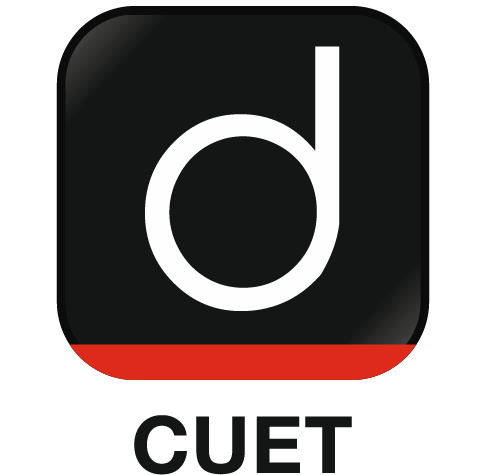- Syllabus: Language to be tested through Reading Comprehension (based on different types of passages–Factual, Literary and Narrative), Literary Aptitude and Vocabulary.
- Duration: 60 minutes
- Number of Questions: 50 (All questions are compulsory)
- Maximum Marks 250
Note: It is advisable for candidates to select at least one language.
Candidates can choose from the 13 languages listed below:
English
Hindi
Assamese
Bengali
Gujarati
Kannada
Malayalam
Marathi
Odia
Punjabi
Tamil
Telugu
Urdu
- Syllabus: Domain Subjects will be tested based on NCERT Class 12 syllabus only.
- Duration: 60 minutes
- Number of Questions: 50 (All questions are compulsory)
- Maximum Marks: 250
There are 23 subjects. A candidate may choose any subject as desired by the applicable University/ Organization.
1. Accountancy/Book Keeping
2. Biology/Biological Studies/Biotechnology/Biochemistry
3. Business Studies
4. Chemistry
5. Computer Science/Informatics Practices
6. Economics/Business Economics
7. Geography/Geology
8. History
9. Home Science
10. Knowledge Tradition and Practices of India
11. Environmental Studies
12. Mathematics/Applied Mathematics
13. Physical Education/National Cadet Corps(NCC)/Yoga
14. Physics
15. Political Science
16. Psychology
17. Sociology
18. Agriculture
19. Mass Media/Mass Communication
20. Anthropology
21. Fine Arts/Visual Arts (Sculpture/Painting)/Commercial Art
22. Performing Arts
23. Sanskrit
























































